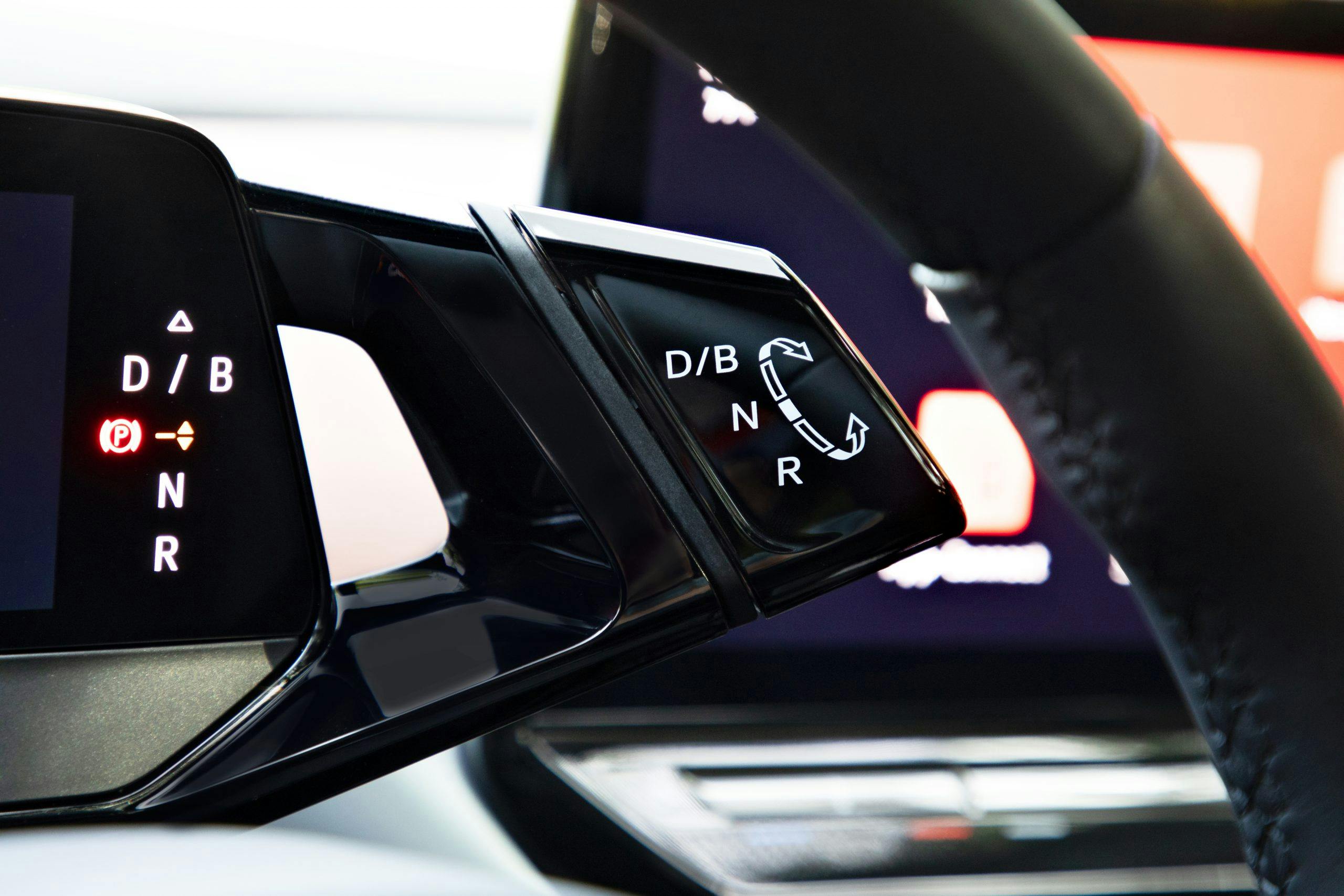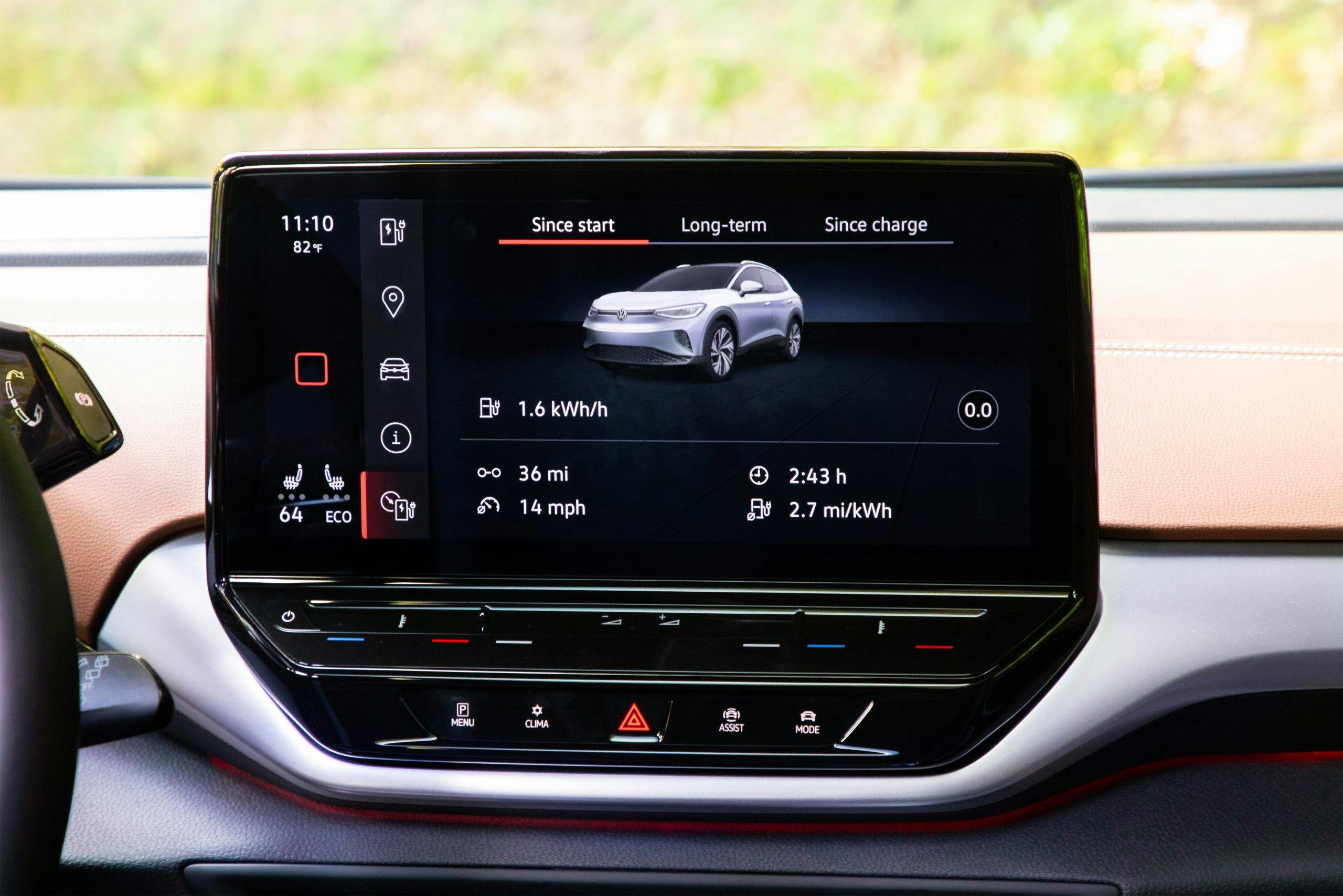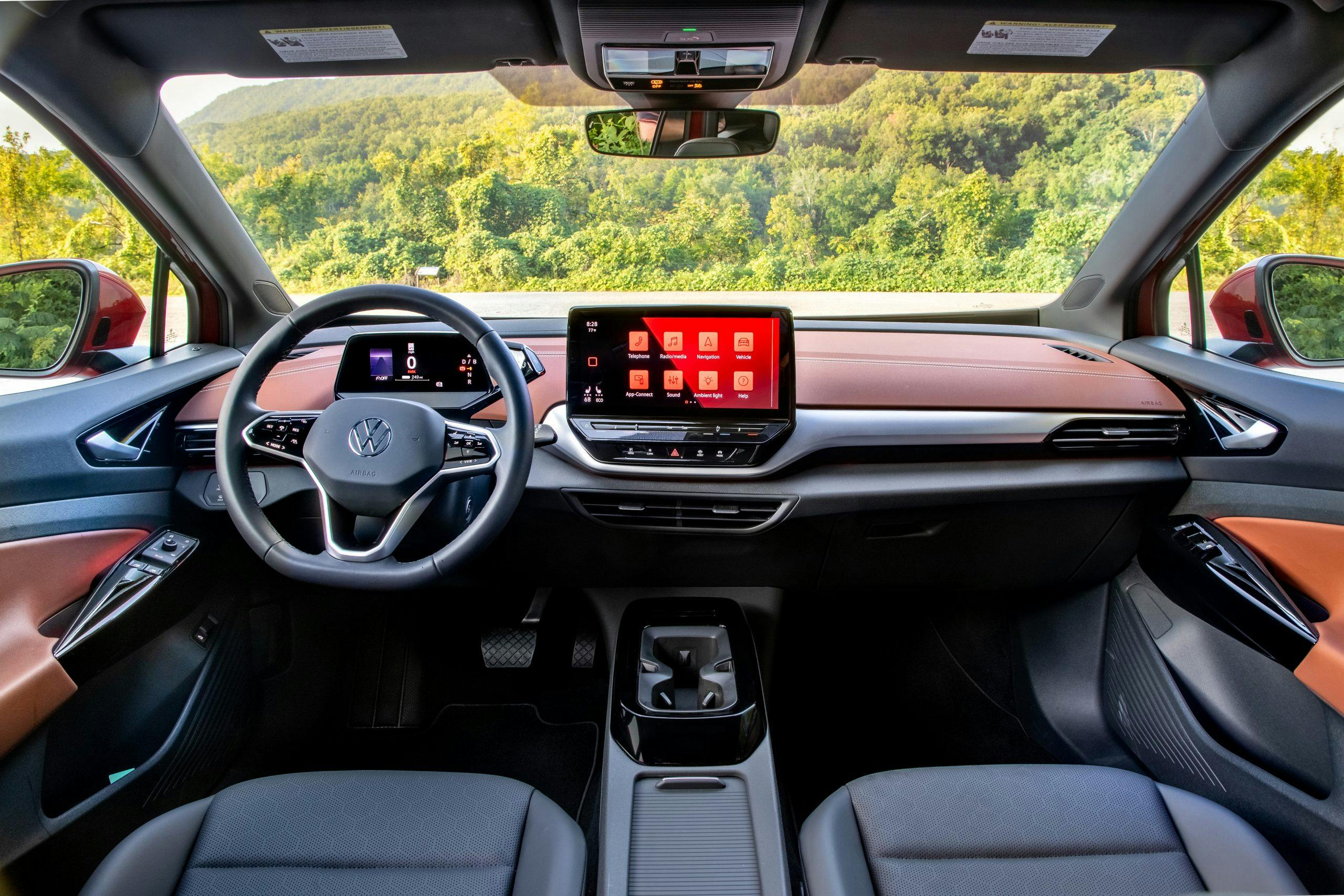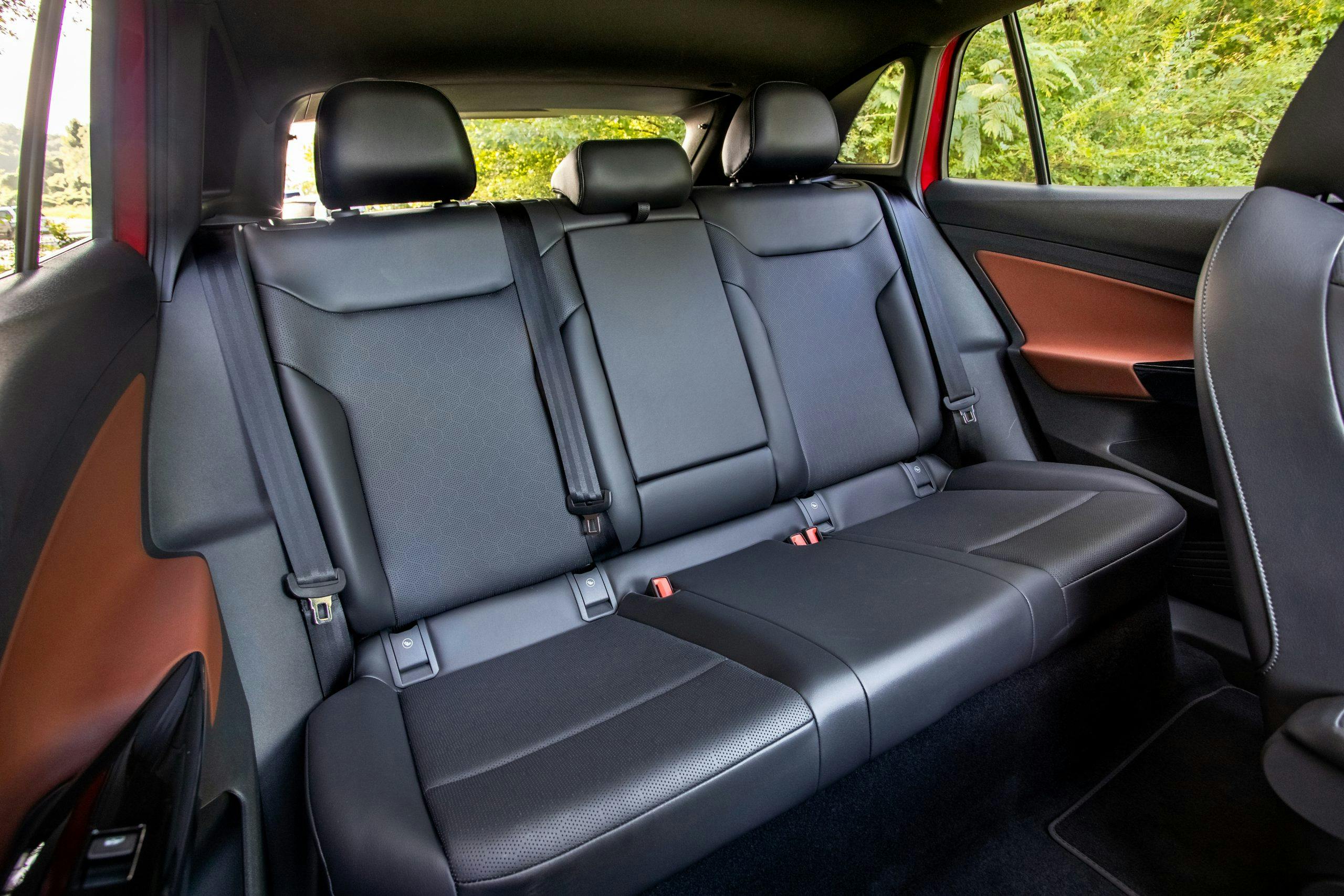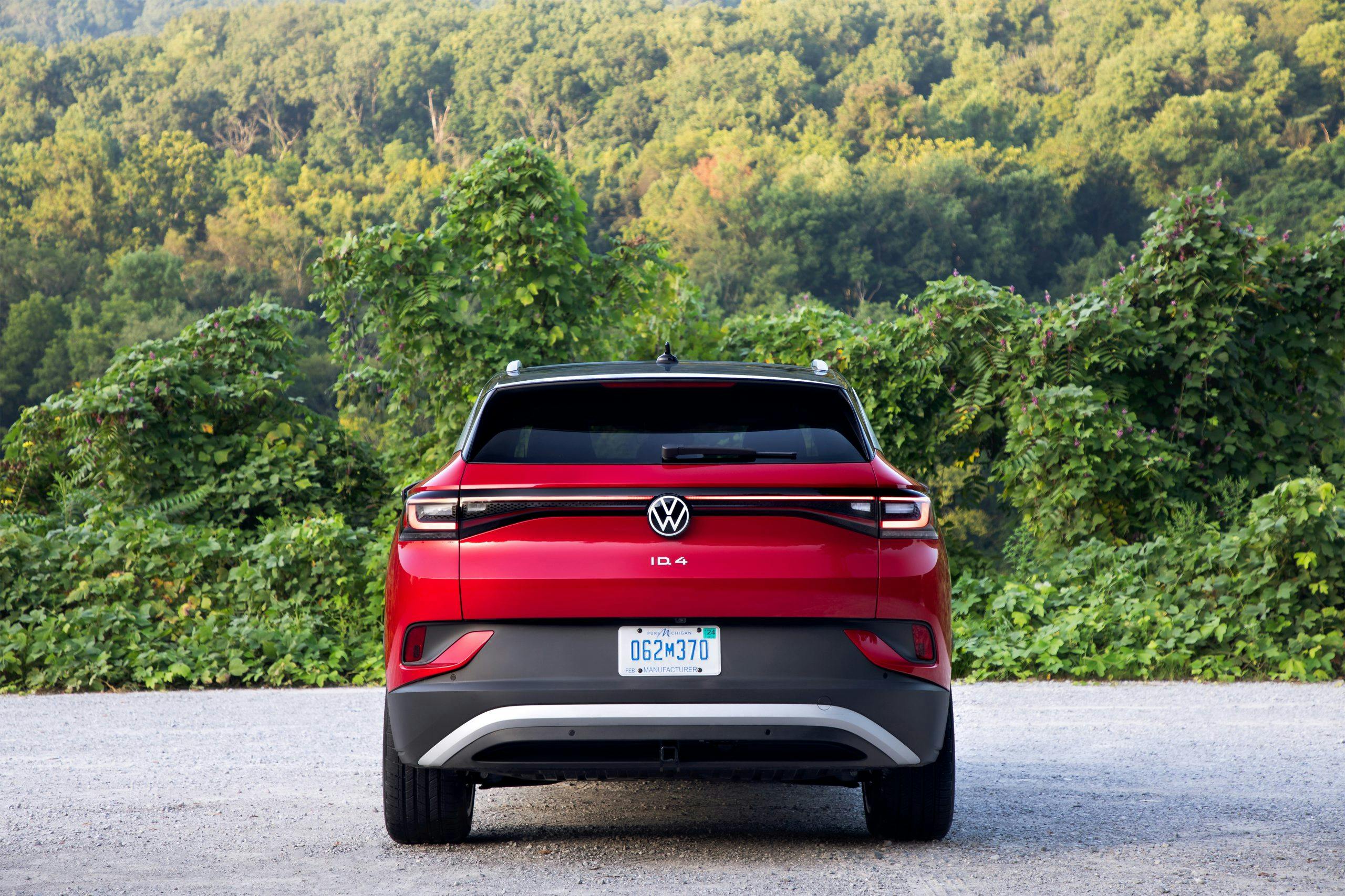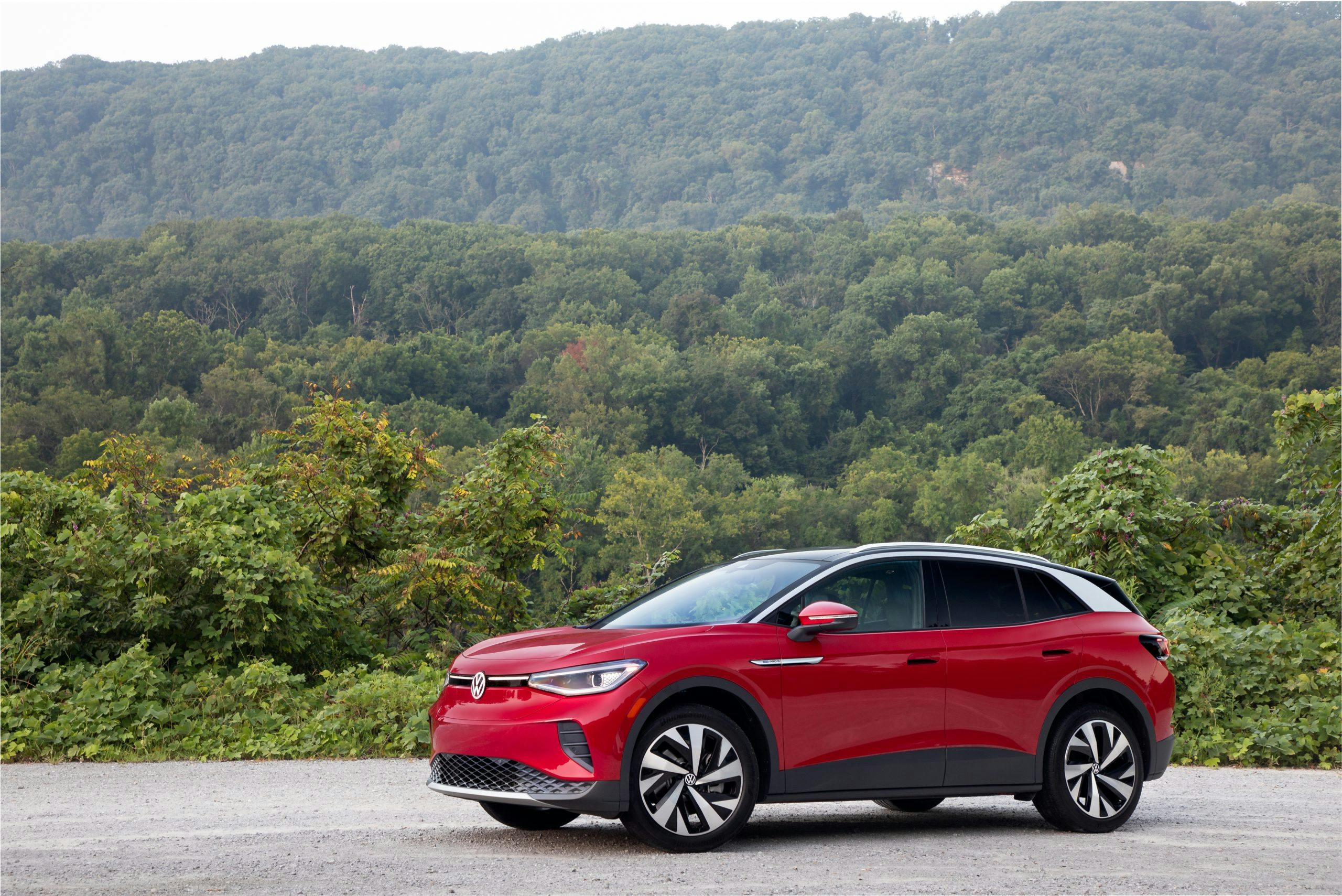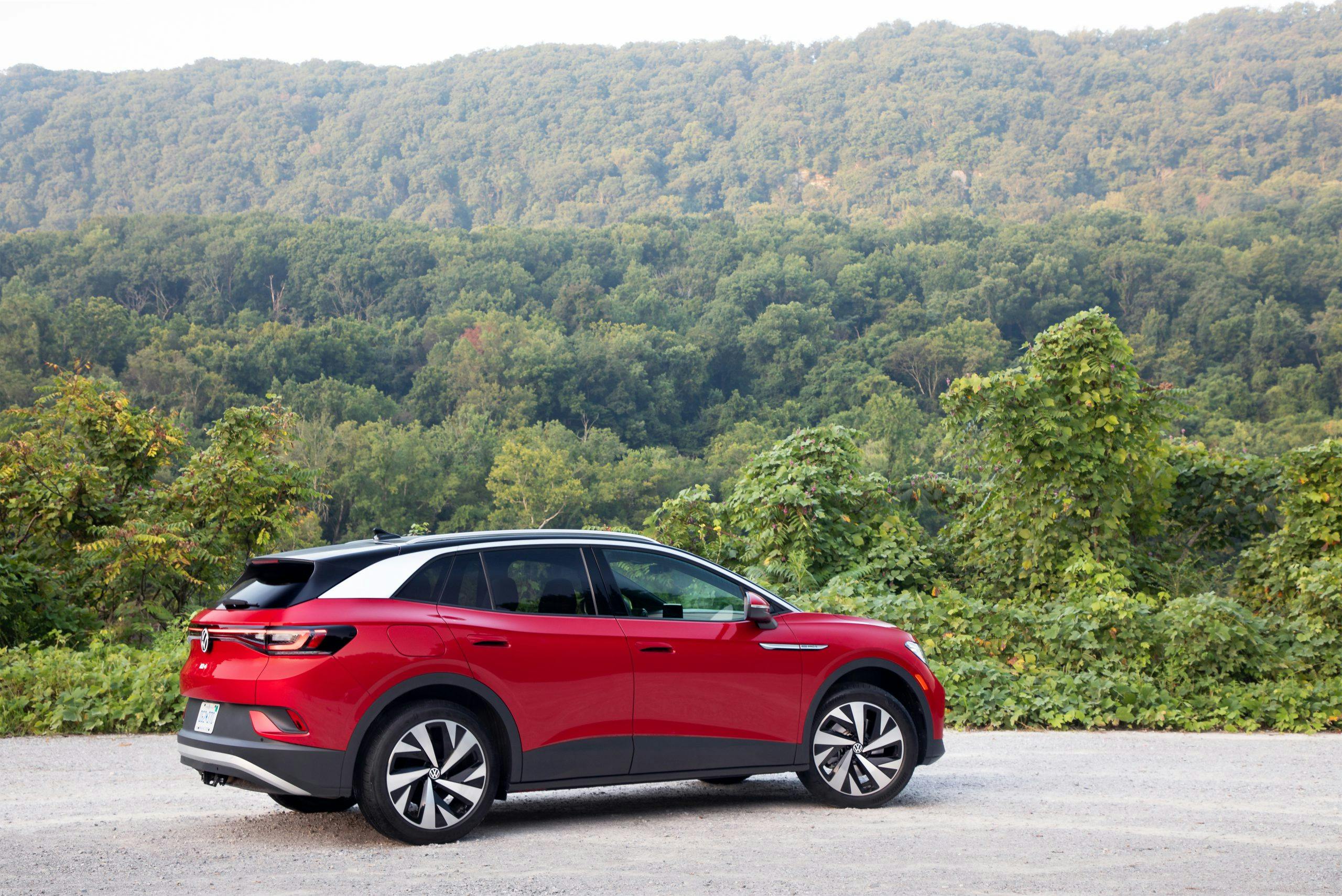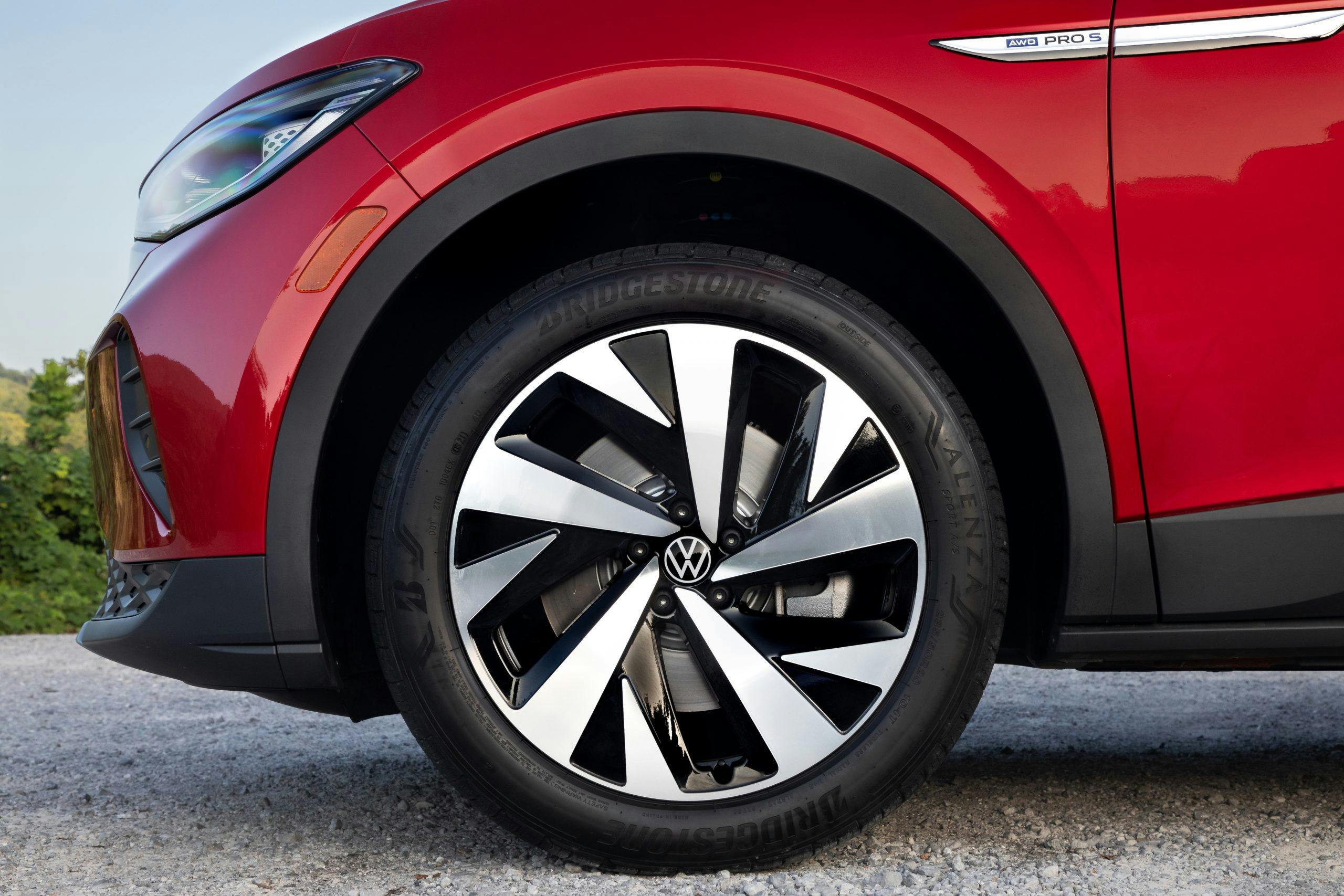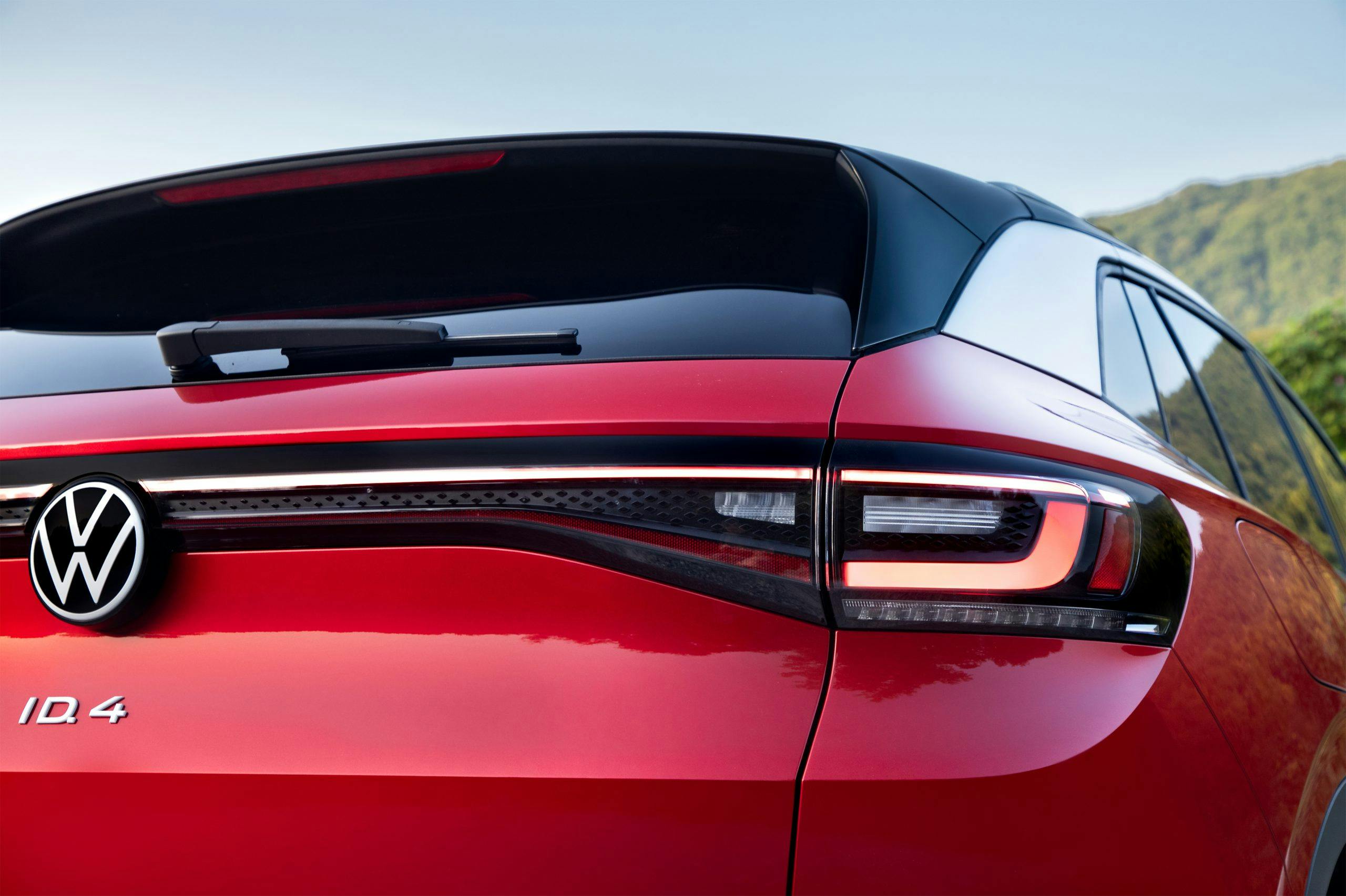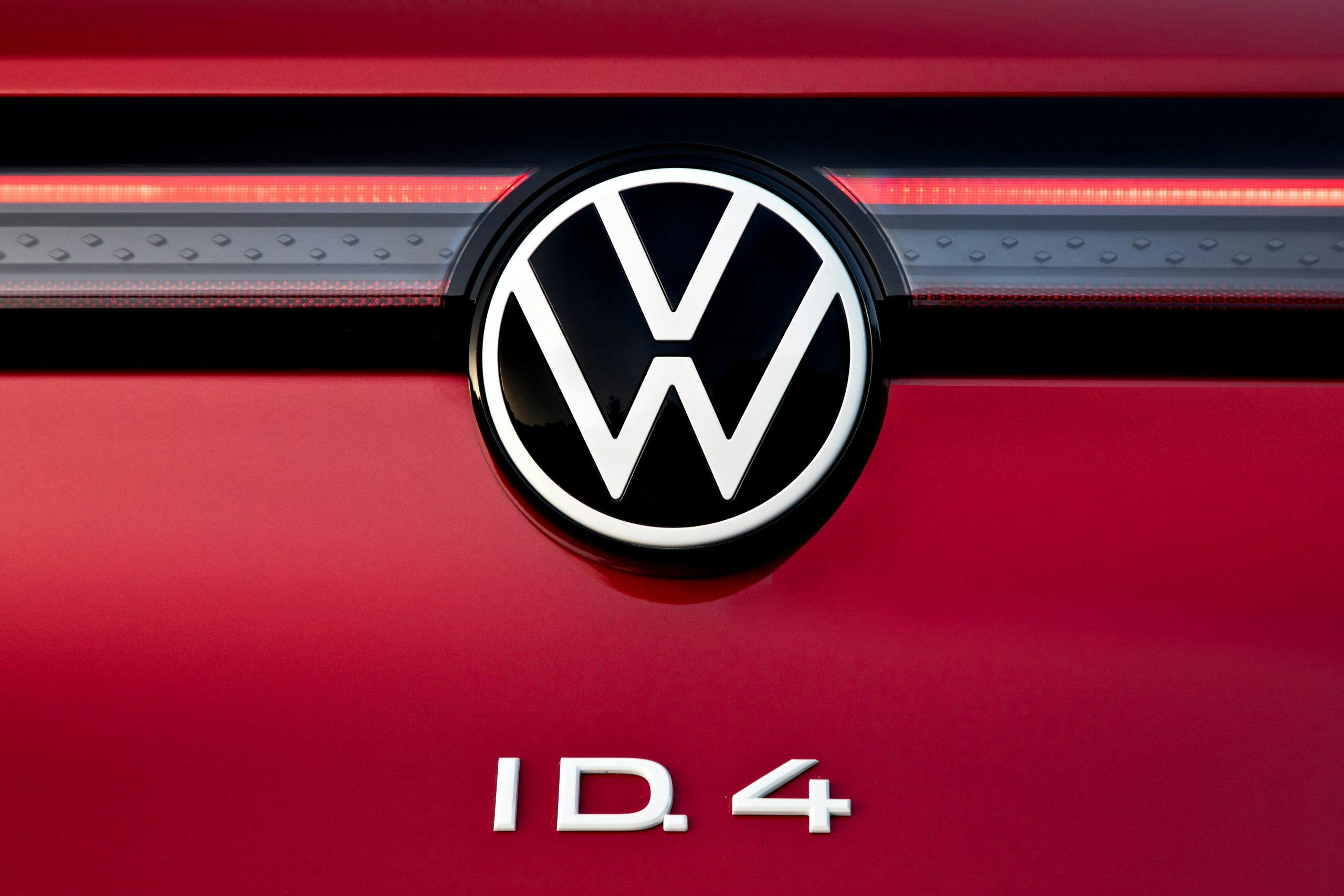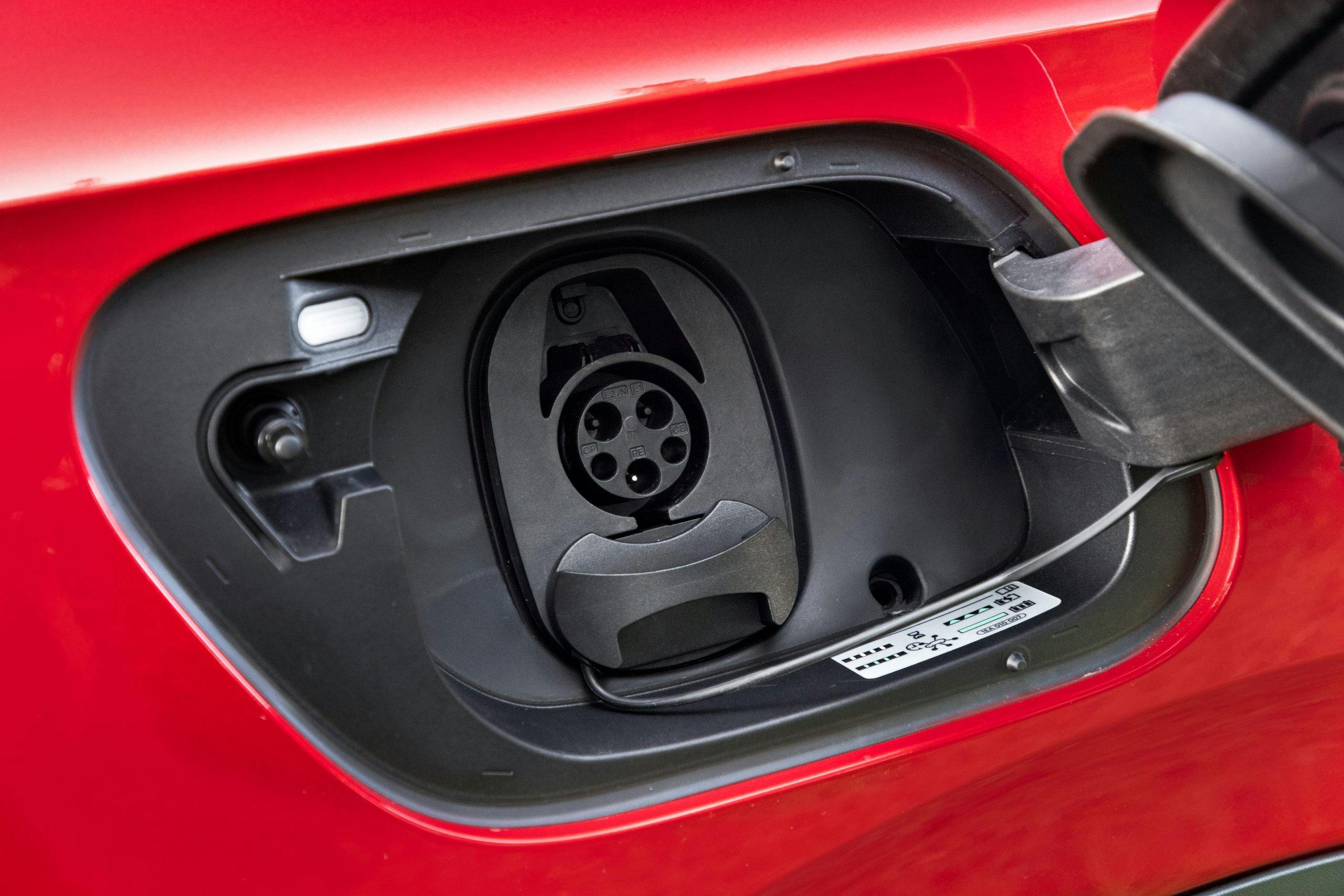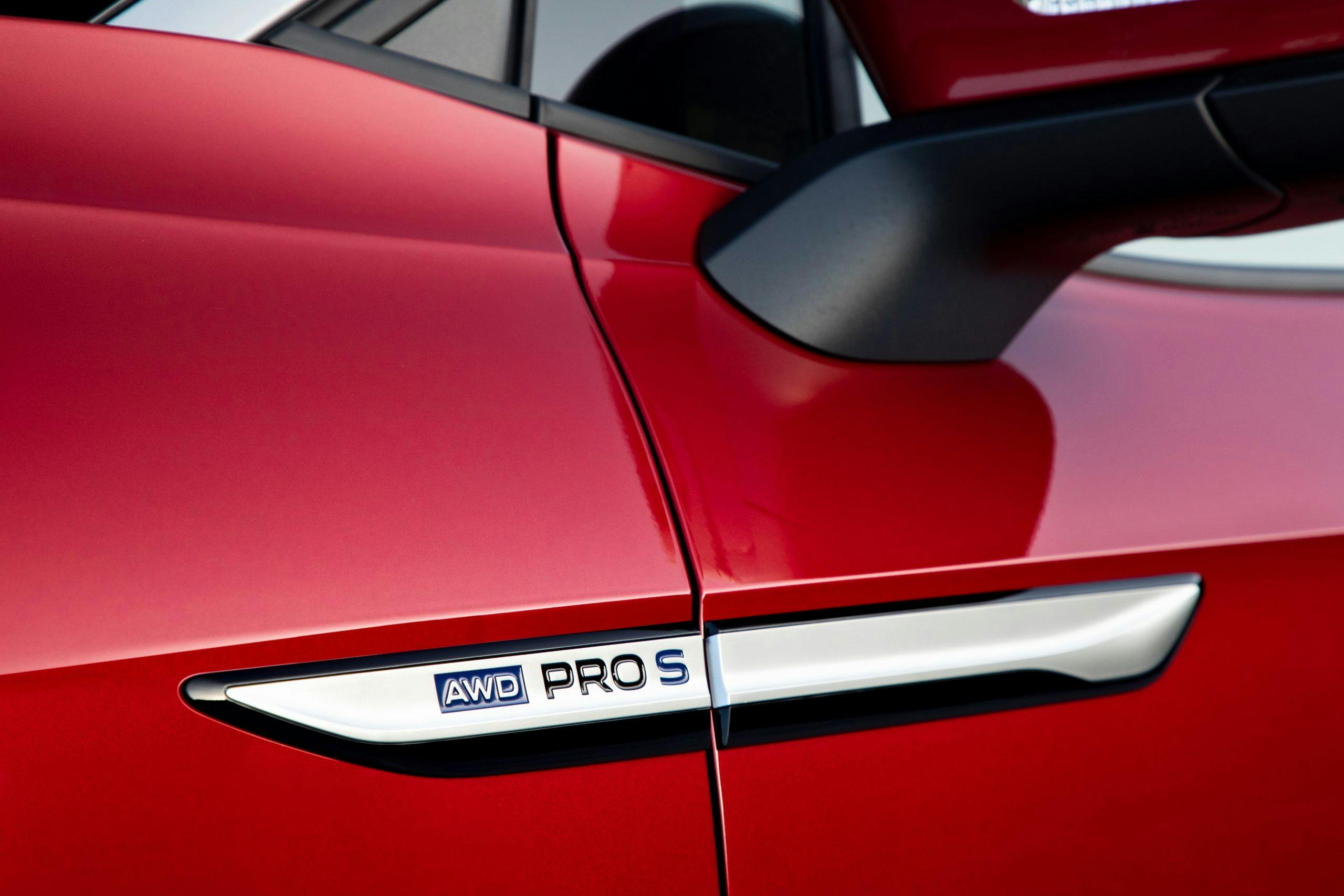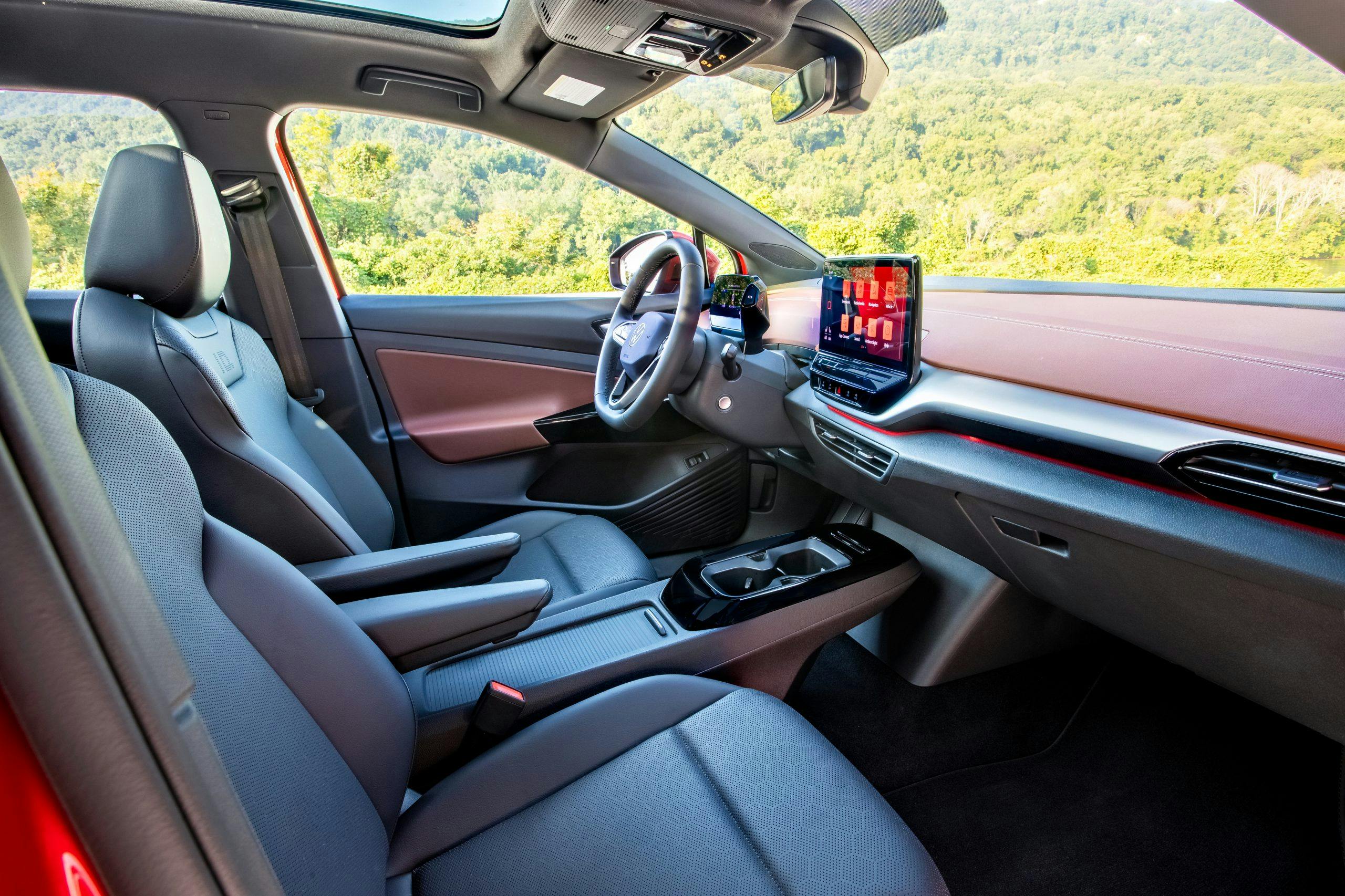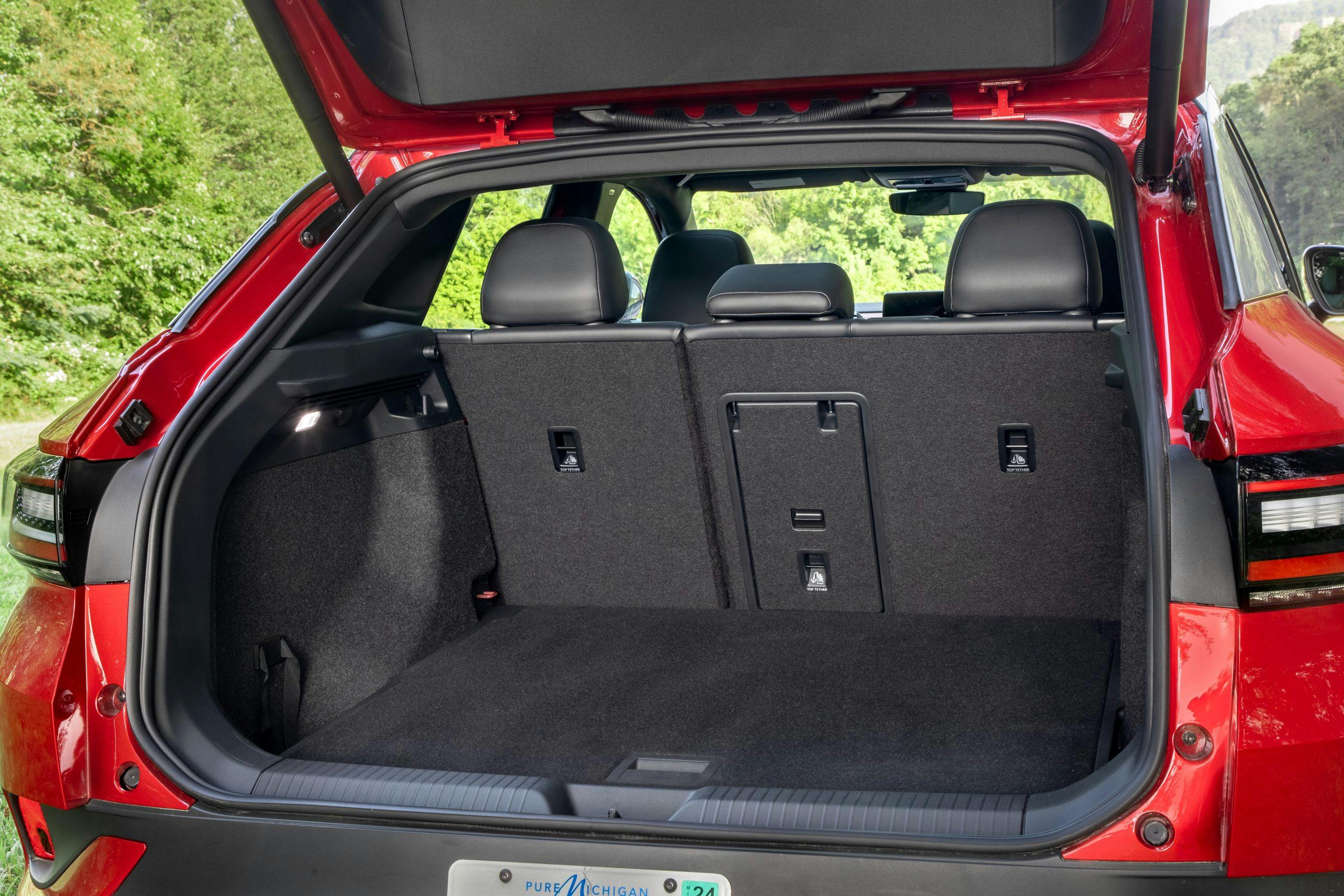First Look Review: 2021 Volkswagen ID.4 AWD
As of 2020, Volkswagen is the planet’s second-largest car company by volume, only a tick behind Toyota. That standing represents more than nine million vehicles sold globally every year, but also 650,000 employees, 12 brands, and more than 118 manufacturing plants around the world.
One of those plants is located in Chattanooga, Tennessee, about 15 minutes north of the Georgia border. A small group of journalists was invited there last week, during a launch event for the all-wheel-drive version of Volkswagen’s ID.4 electric. You know the drill: This is an EV, but it’s also a high-riding nontruck wagon thing, what the industry calls a crossover. In this case, that means dual-personality styling—half smooshed SUV, half small car blown up like a balloon. Heavy on the wagon, easy on the truck. Not the sexiest shape in the world, but not ugly, as balloon-wagons go.
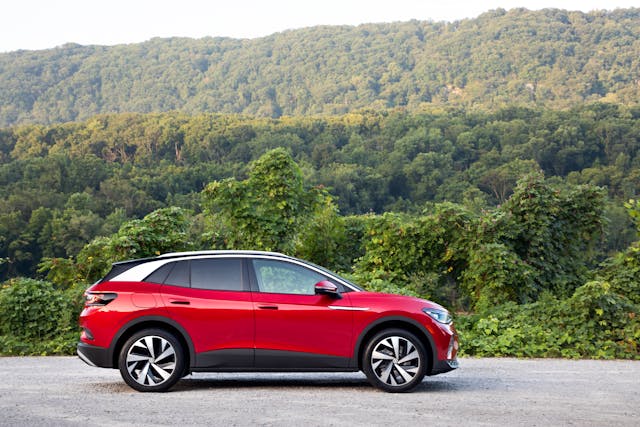
Side note that just occurred to your humble narrator: Few people get hot and bothered about used modern crossovers. Those vehicles built after 2005 or so, when light-duty SUVs began to trade trucklike ability for blobby lines and carlike refinement. If you go by values, the used market is more enamored of actual trucks and truckier SUVs, the ones that don’t look or feel like the wheeled version of Homer Simpson in a muumuu.
I wonder why that is, he said, rhetorically.
An old advertising saw holds that you should never put much stock in public whim, unless of course that public is buying what you’re selling, in which case they’re all geniuses. Volkswagen says its customers are enthralled with electric vehicles. Company reps have called the ID.4 the most important VW since the original air-cooled Beetle. The latter statement is debatable; the former is backed up by numbers. Volkswagen is currently second only to Tesla in the sale of battery-powered electrics in North America. The German firm’s American volume is projected to exceed 400,000 vehicles this year, a height unseen since the 1970s. You may now direct your applause at least fractionally toward our hero, the ID.4, the only electric VW currently sold in America and also the first fruit of its parent company’s recent $41 billion investment in EV R&D.

“We build these cars for our discerning customers in the United States,” a VW officer said at that Tennessee press event, while standing in front of a projected PowerPoint deck showing four different models of Volkswagen SUV. Each machine was painted stark white and not entirely unlike a refrigerator with headlights.
The ID.4 isn’t VW’s first electric, but it is the first Volkswagen designed solely for battery power. The model was preceded by the 2017–2020 E-Golf, an electric variant of the brand’s celebrated front-drive hatch. The E-Golf was a fizzy little goofball with few compromises save a dinky, 125-mile range. Its successor met America in spring of 2021 wearing rear-wheel drive and a single electric drive motor; the two-motor, all-wheel-drive ID.4 shown here will be in dealers soon. Both ID.4 variants for America are currently built in Germany, but stateside models will transfer to Chattanooga by early 2022.
The draw here is price and ability. No all-wheel-drive EV with legs this long is currently available for less. The base ID.4 AWD offers 249 miles of EPA range and checks in at $44,870 plus a $7500 tax credit. The $3680 premium over the two-wheel-drive model buys you rear-biased all-wheel-drive and a 23-percent increase in towing capacity, to 2700 pounds. Ride height rises by a measly 0.6 inch, but the chassis software does boast a new traction mode, for slippery surfaces up to 12 mph. Output is a modest 295 horses and 339 lb-ft.

For competition, eye the big names. The all-wheel-drive version of the base Ford Mustang Mach-E clocks in at 211 miles of EPA range, 255 hp, and 317 lb-ft. It costs $45,595. The Ford can’t be configured for towing but is eligible for the government’s tax credit. The other obvious alternative is the Tesla Model Y Long Range, $54,190 and 326 EPA miles. Of the three, the Ford is more engaging in a corner and feels the most thought-out inside; the Tesla offers 89 hp more than the VW but no tax rebate, and its fit-and-finish issues are visible from space. Analysts tell me that the average American customer will pick one of these machines based entirely on gut feeling, but among road testers, the Ford is generally viewed as the most resolved and balanced choice.
Inside, the Volkswagen presents a bit dull. For a car that its maker expects to sell on price and sense of occasion, the entry ID.4, trim level Pro, presents as generic. The cockpit is covered in acres of the same easily scratched and soft-wearing plastics found in the current Golf. Physical switchgear is limited to a handful of touch buttons on the wheel and dash, and the layered menus in the central screen remind you of an iPhone that a logical person reverse-engineered to be illogical on purpose. The uprated Pro S trim (for “Statement”) replaces half-powered cloth seats with fully powered vinyl and brings gadgets like a larger console screen and a hands-free tailgate. Nice details, and the S’s standard panoramic glass roof helps the dim interior, but you pay $4500 for the privilege, and even then, the dash still vibes of afterthought.
Upside: The back seat is roomy, with more legroom than your five-foot-ten author knows how to use. Plus, the trailer hitch is factory-installed!
Note: That was what writing types call a “rhetorical exclamation.”
We have here a strange beast, a nothingburger medium-well. Driven sedately, the car suggests a Golf. Perhaps a Golf at a distance, or a telephone-game version of a Golf where somebody stopped listening halfway through. For ordinary people in ordinary driving, this is not as bad as it sounds. The VW feels nominally rear-drive—the rear motor offers 228 lb-ft of torque, 109 more than the front—and the car has a pleasant sense of clocking around its rear axle. Hard launches are drama-free, and large throttle makes the front wheels chip in noticeably, especially in tight corners.
The problem comes with closer attention. Unlike a lot of VW products, the ID.4’s steering is merely decent, neither chatty nor happily distant. The torque on tap is generally enough for passing and quick traffic. The suspension is compliant and comfortable. This would all be fine if the car’s manners in ordinary driving didn’t suggest you take the long way home. Nudged further on a back road, the VW seems to collapse into its dampers, wallowing at the edges of shock travel in a way that suggests indifference to the notion that any human with a pulse would drive anywhere but city streets. And no matter the location, brake feel and assist seem to change unpredictably with speed and stopping rate. You spend half your time not thinking about the left pedal and the other half cursing its gooshy travel for doing too much or not enough. Regen braking is available, but the suspension flop can make it annoying when turned on, so there’s no middle ground.
A numbers play, perfectly capable for normal use. And a shame. This company built a reputation on cars ordinary at first glance but rewarding to those who looked deeper. Even some of the brand’s SUVs hint at that. Heck, you see it in the current Camry.
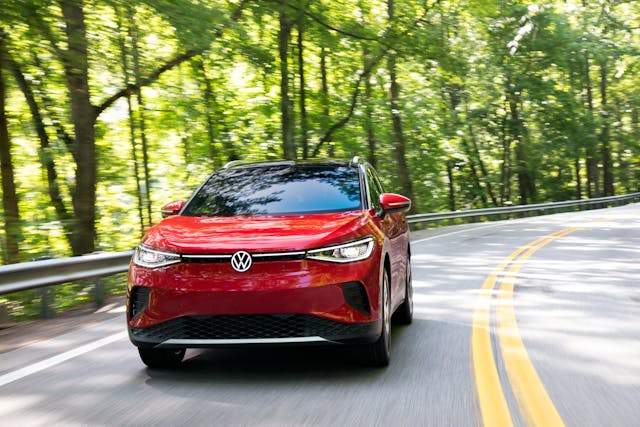
Prufrock measured life in coffee spoons. It is a hell of a thing, T.S. Eliot told us, this struggle for meaning in the modern world. Corporations have no such struggle; they simply try to build what sells. Cross the current moment in electric vehicles with the general public’s famous indifference to a car’s behavior, and the ID.4 makes sense: EVs are still so unfamiliar for most people, and large EVs in particular so prohibitively expensive, even a caffeine-free, diet-beige version of the breed can seem futuristic and thrilling. Know the form, however, and this one presents as merely another middle-road effort from an industry trying to bridge past and future without taking too many chances.
An all-wheel-drive ID.4 is more practical than a rear-drive one, more suited to four seasons and the Northeast. If you like driving and want a VW EV, though, hold off for now. Price used E-Golfs, become a Fortnite champ, knit a bud vase from yarn, whatever intelligent people do while waiting patiently for what comes next.
That car probably won’t be any worse than the ID.4, but it has a good shot at being more interesting. Largely because it’s difficult to imagine it being any less.
***
2022 Volkswagen ID.4 AWD
Base price/as-tested: $44,870 / $44,870
Highs: Comfy ride. Low cabin noise. Spacious back seat. You can’t buy electric power with four driven wheels and this much range for less.
Lows: Lacks that old “drivers wanted” verve. Brake feel annoyingly inconsistent. Suspension tune feels unfinished, made our test driver nauseous behind the wheel.
Summary: A Volkswagen EV that doesn’t quite stick the landing on being the Volkswagen of EVs. Perfectly acceptable, if acceptable is perfect for you.

